Stonehenge: The Ancient Puzzle of the Stones
Stonehenge: The Ancient Puzzle of the Stones
Nestled in the English countryside, Stonehenge is one of the most famous and enigmatic monuments in the world. This ancient stone circle has puzzled historians, archaeologists, and tourists alike for centuries. With its towering stones and mysterious origins, Stonehenge raises many questions—most notably, what were our ancestors thinking?
The Basics of Stonehenge
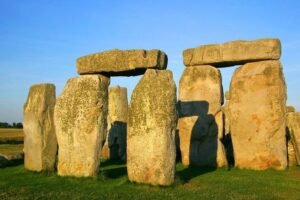
Stonehenge is located in Wiltshire, England, and consists of a ring of standing stones, each about 13 feet high and weighing up to 25 tons. Built around 3000 BC to 2000 BC, it’s believed to have served various purposes, from a burial ground to a ceremonial site. Imagine trying to move those massive stones without modern machinery! It’s like trying to lift your couch by yourself—only way heavier and with a lot more ancient mystery involved.
The construction of Stonehenge remains a topic of debate. Some theories suggest that the stones were transported from as far away as Wales, a distance of nearly 200 miles. How did they do it? Historians speculate that the builders might have used wooden sledges and rolled the stones on logs. Picture a bunch of ancient people trying to figure out how to roll a giant rock like it’s the world’s heaviest bowling ball. “Just a little to the left… no, the other left!”
Others believe that the stones were transported via rivers, making it easier to float them down to their final destination. Either way, it was no small feat. If you think moving furniture is a hassle, try moving a 25-ton stone without Google Maps!
Theories About Its Purpose
So, what was Stonehenge really for? Several theories have emerged over the years:
- Astronomical Observatory: Some researchers believe that Stonehenge was used to track the movements of the sun and moon. During the summer solstice, the sun rises directly above the Heel Stone, making it a perfect spot for ancient sun worshippers to celebrate. It’s like the ultimate solar calendar, minus the smartphone reminders.
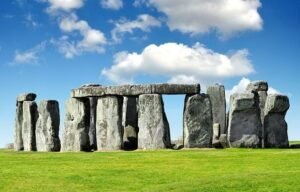
- Burial Ground: Excavations around Stonehenge have revealed numerous graves. Some historians argue that it may have served as a burial site for important figures, with the stones marking their final resting places. Talk about an upgrade from a simple grave! “Sure, you can have a headstone—how about an entire stone circle instead?”
- Religious Site: Others suggest that it was a site for rituals and ceremonies, perhaps related to the ancient Druids. If that’s the case, you can imagine them dancing around the stones in flowing robes, chanting something mystical. Just make sure not to step on anyone’s toes!
The Mystery Continues
Despite years of research, many questions about Stonehenge remain unanswered. Why was it built? How did ancient people manage to construct it with such precision? And what on Earth were they thinking? Some say it’s a calendar, others believe it’s a temple, and a few folks even think it was a place for alien visits. Maybe ET just wanted to hang out with some ancient Britons for a while!
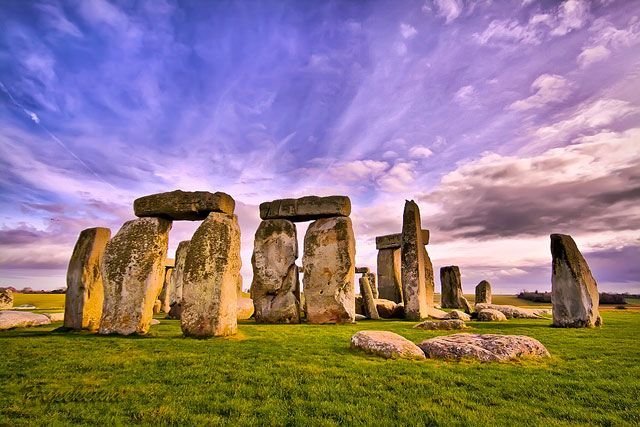
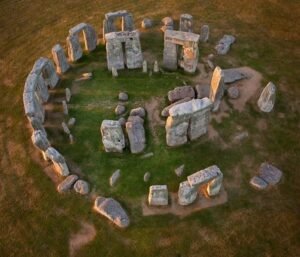


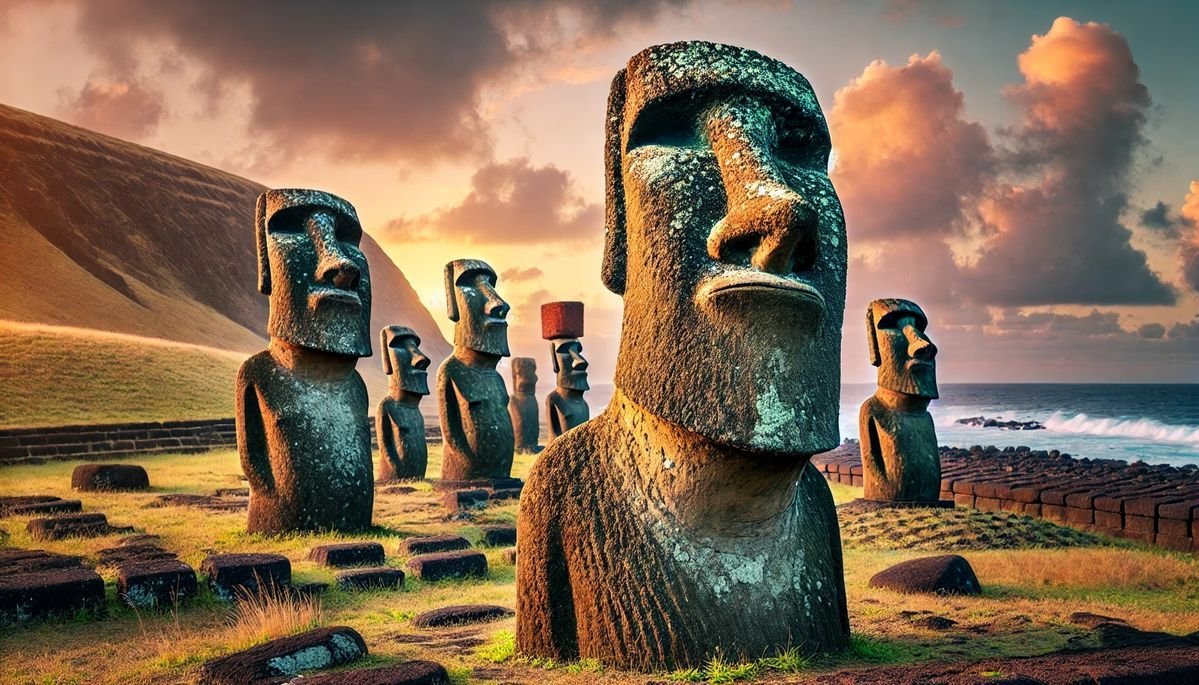









Post Comment